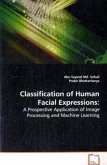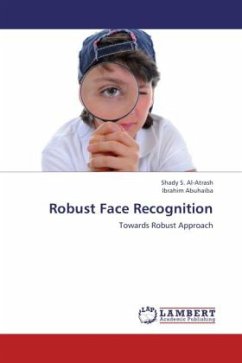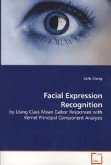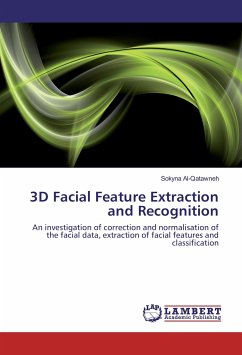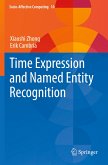Computers solve mathematical problems and memorize an enormous extent of information, but the their interaction is still restricted to traditional I/O devices. This book considers interpersonal communication to eliminate these shortcomings. Model-based techniques have great potential to fulfill current and future requests on image interpretation, even if remaining challenges still present major obstacles to making this approach usable today.To achieve this goal, we consider the objective function the most important component of model fitting. These functions are usually determined heuristically in a time-consuming and error-prone procedure. This book explicitly formulates properties of ideal objective functions and describes a methodology for learning these functions from annotated example images. Its benefits are the automation of the crucial decision steps and the non-requirement of computer vision expertise. It lays the foundation for a general application of model-based imageinterpretation to real-world scenarios and it has therefore potential for commercialization.


